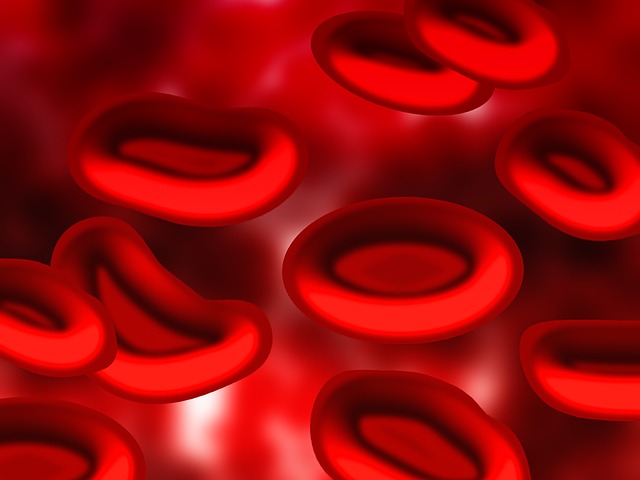Many doctors are now using the hba1c on its own to diagnose type two diabetes. It means that there is no need to fast overnight, and that you don’t have to spend hours in the GP surgery. But the test relies on having an average turnover time of your red blood cells and this can lead to an incorrect diagnosis if certain conditions are not taken into account.
For some people they DO have diabetes but the blood sugar changes have been so rapid that the red cells have not had time to accumulate enough sugar on them. Therefore children and young people, women who are pregnant, or who has been pregnant in the last two months, and anyone in whom type one diabetes is suspected, who tend to have a short duration of symptoms, should still get glucose measurements to determine the diagnosis. Testing for blood or urinary ketones would also be good practice in this group of people.
In people who are anaemic or whose haemoglobin is fragile and gets destroyed earlier than the usual 120 days, blood sugars will be higher than they look for any given hba1c value. Therefore if the hba1c is relied on a diagnosis of diabetes could be missed. Those with haemoglobinopathies, renal failure or HIV infection will be in this group.
If someone is acutely ill, their blood cortisol rises, and effectively blocks the action of a person’s own insulin. Thus the blood sugar rises. This can make it look like someone has developed diabetes but blood sugars will settle back to normal once the person is over the illness.
Certain drugs such as corticosteroids and anti-psychotics also rapidly raise the blood sugar. If a person is acutely ill it is best to rely on blood glucose measurements but after two months of continued drug use the hba1c can be used as long as the person is not acutely unwell.
People with pancreatic damage or who have just had pancreatic surgery also may have a deficient insulin response. This may or may not recover sufficiently over time. Blood glucose measurements are again more reliable in this group.
One of the major reasons that hba1c testing was introduced was to facilitate the diagnosis of type two diabetes. Currently about one in 4 type two diabetics in the UK is thought to be undiagnosed. It is certainly easier to do a hba1c than a glucose tolerance test, but the oral glucose tolerance test still has its place.
Although I’m a doctor I wasn’t fully aware of all the types of people and situations in which the hba1c could be misleading.
Based on an article by Professor Andrew Farmer of Oxford BMJ 10th November 2012.
